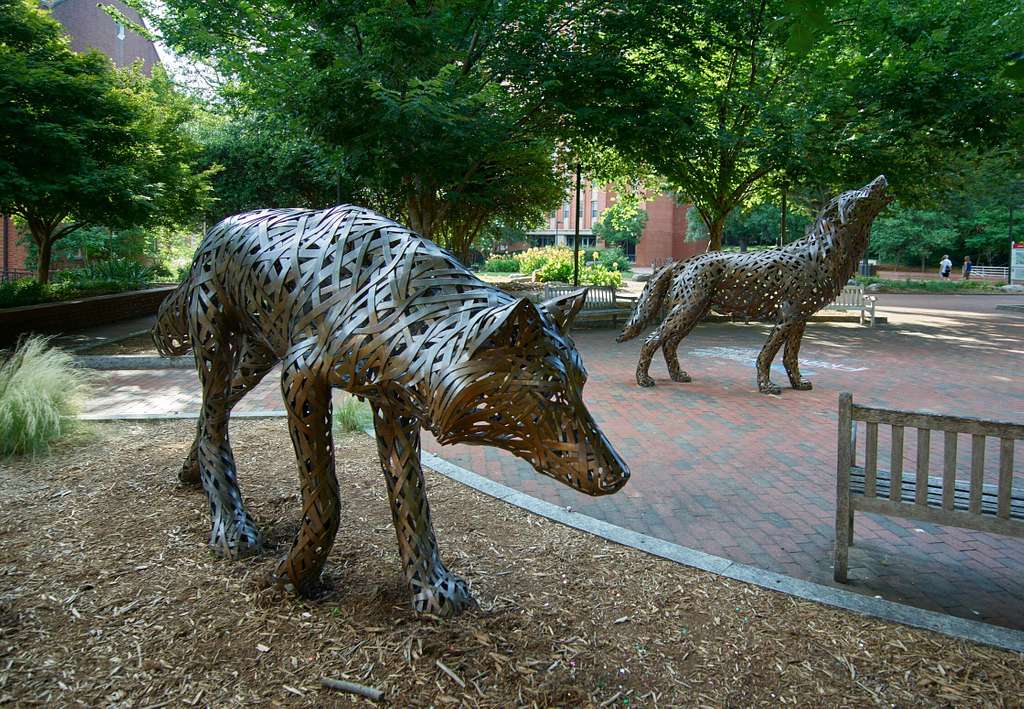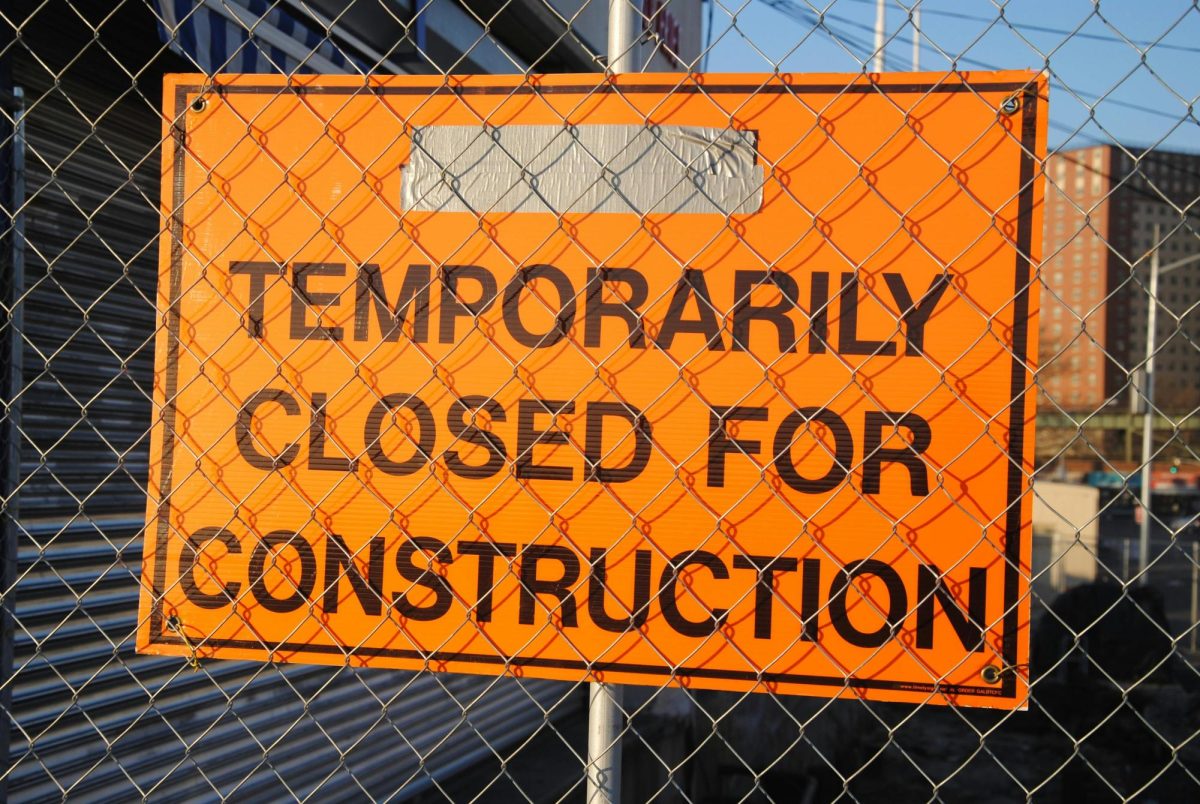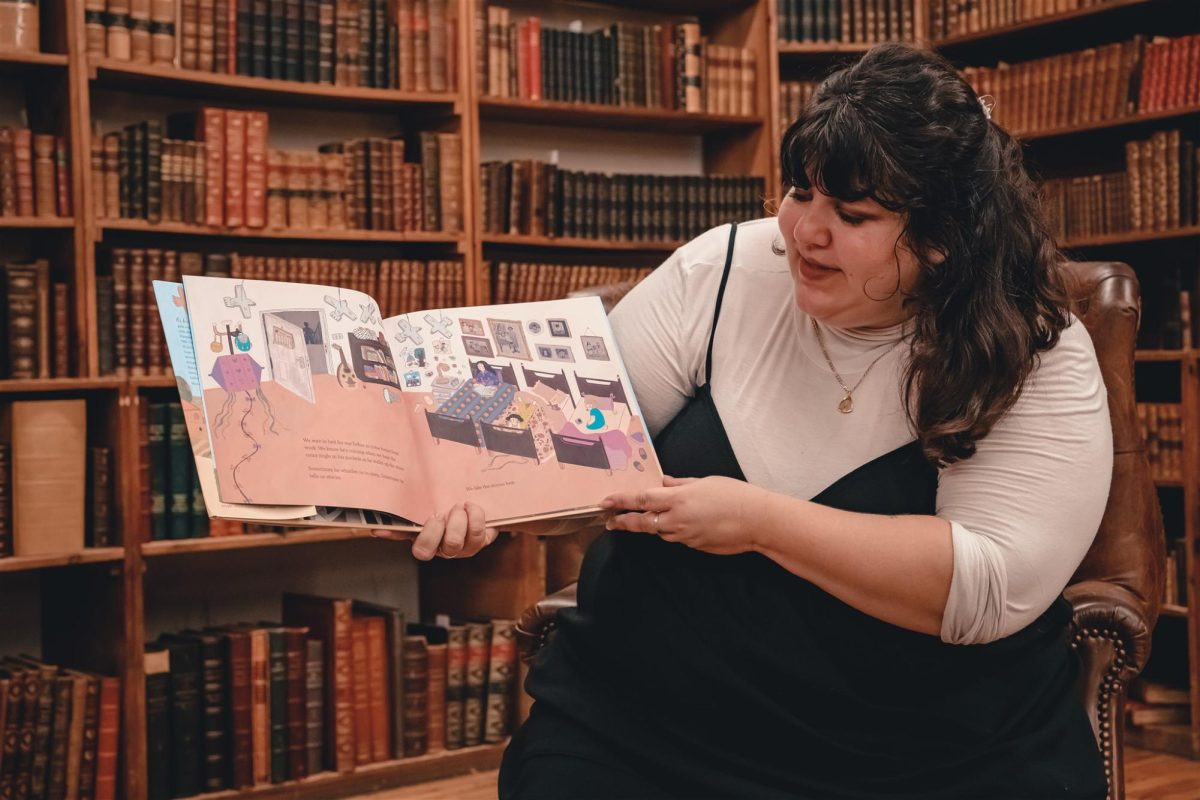On Sept. 8, 2023, a magnitude 6.8 earthquake struck Morocco. So far, over 2,800 people have lost their lives, more than 2,500 have been injured and at least 380,000 people have been affected by the earthquake. Out of the estimated 380,000 people affected, 100,000 are estimated to be children. The destruction caused by the Marrakech-Safi Earthquake has made it one of Morocco’s most catastrophic earthquakes.
The earthquake affected multiple areas within Morocco, with the tremors being felt all the way to Spain and Portugal. The epicenter of the earthquake was located in the Atlas Mountains. The Atlas Mountains are home to many tiny villages, where most of the earthquake’s damage occurred.
Other areas affected by the earthquake include Morocco’s fourth biggest city and major tourist destination, Marrakech, Agadir and Essaouira. Agadir and Essaouira only experienced “minor damage to buildings.” Casablanca and Rabat were also affected.
According to the United States Geological Survey (USGS), “an earthquake is what happens when two blocks of the earth suddenly slip past one another.” These two blocks are called tectonic plates and the edges of these plates are the plate boundaries. Along the plate boundaries are the fault lines. This is where the earthquake takes place. The edges of the plates are rough, causing the plates to stick together. When an earthquake takes place, these edges slip violently, changing the surface
of the Earth.
According to the Center of Disaster Philanthropy (CDP), the Marrakech-Safi Earthquake occurred on the African Plate, which the New York Times says is “about 340 miles south of the African-Eurasian plate boundary, which is seismically active.”
An earthquake is measured by an instrument called a seismograph. The California Earthquake Authority (CEA) says “A seismograph produces a digital graphic recording of the ground motion caused by the seismic waves… A network of worldwide seismographs detect and measure the strength and duration of the earthquake’s waves.” The seismograph helps researchers and scientists categorize earthquakes into six magnitude classes. These classes are described as minor, light, moderate, strong, major and great earthquakes. The Morocco Earthquake has been classified as a strong earthquake.
The Marrakech-Safi Earthquake has devastated thousands of people. Professor Mervyn Kowalsky, an earthquake expert and Engineering Professor at NC State said, “earthquakes of this size are not common in Morocco, and when combined with the construction used in the area (unreinforced masonry and adobe systems), the result can be what we have sadly seen in the last weeks.” Adobe is “made of mud earth bricks and stone…has excellent thermal properties…but when crushes, it becomes like soil and powder, filling in all the spaces, so there are no air pockets for people to survive.”
This magnitude 6.8 earthquake is one of the strongest earthquakes to hit Morocco in 120 years. The last earthquake to hit Morocco occurred in 1960 with a magnitude of 5.8. This 1960 earthquake resulted in more deaths than the most recent earthquake, which has 12,000 recorded deaths, according to The New York Times.
According to Independent, the “powerful tremor occurred at hard to reach mountainous areas of the country.” The mountainous areas included tiny villages and small tourist attractions. One of the tiny villages that were hit the hardest by the Marrakesh-Safi earthquake was Imi N’Tala. This village was “renowned among tourists and trekkers who ventured to the remote region for its natural beauty and a dose of Berber culture.”’
The cliff that was hanging over the village fell onto the village, burying houses and small businesses. Civil protection and rescue workers are still struggling to find people from under all the debris.
The once “safe and generous village” is now described as having no life. In reference to the village, Dutch rescue worker, Saad Attia, said “you can smell the death here… Bodies were deep below the rocks, debris and soil.” Rescue workers are working tirelessly to retrieve the bodies under intense heat.
Like the Imi N’Tala village, other villages were also hard to reach because of how nestled they are in the Atlas Mountains. A mountain pass, called the Tizi N’Test, is one of the only ways to reach some of the villages, according to the New York Times. This pass “bends impossibly around cliff edges, expands and pinches uncomfortably to a single fragile track and creeps under jagged rocky outcrops.” It took a while for rescue workers and construction crews to clear this path, causing some villagers to feel forgotten.
Six days after the initial quake, villagers in Azermoun, Morocco, a very isolated area, “were still living in makeshift tents and relying on donkeys to bring vital supplies…as they waited for state aid to reach them,” according to Reuters. This village was surviving off of “donations left on roadsides by citizens.”
Not only were villages destroyed, so were many “cultural heritage and historical sites.” A 12th-century mosque in the village of Tinmel was flattened by the earthquake. This is just one example of how this earthquake has destroyed important cultural sites. The mosque was built in 1148 to commemorate Ibn Tumart. Tumart was a “muslim reformist who advocated for greater accessibility and clarity in Islamic law and scripture.” The mosque now lies in ruins, 900 years of Moroccan Islamic tradition gone.
Many citizens are worried about aftershocks, which can make it more difficult to rescue and reach people. “Hundreds of aftershocks have been recorded, with the highest being a 5.9 quake,” according to the CDP. “One in 20 earthquakes are followed by a similar-sized or larger aftershocks within the first week,” according to USGS.
With aftershocks being a constant threat, rescuers and citizens understand the urgency of rescuing people under the rubble. Many organizations have reached out to Moroccan cities and villages in need including Rescuers Without Borders.
However, many of these organizations have to wait on the Moroccan government to reach out for help, according to CBS News. Because of this, villager Salah Ancheu said, “It’s a catastrophe. We don’t know what the future is. The aid remains insufficient.”






